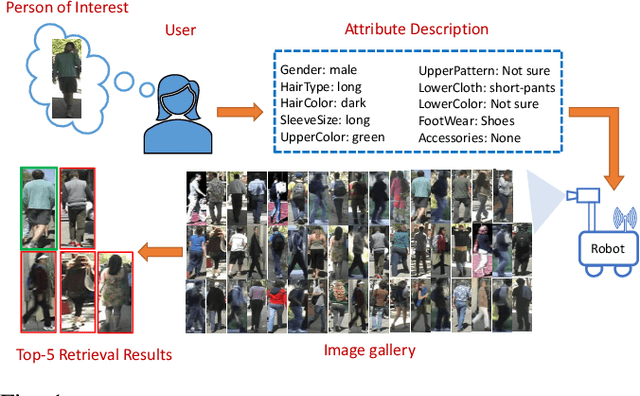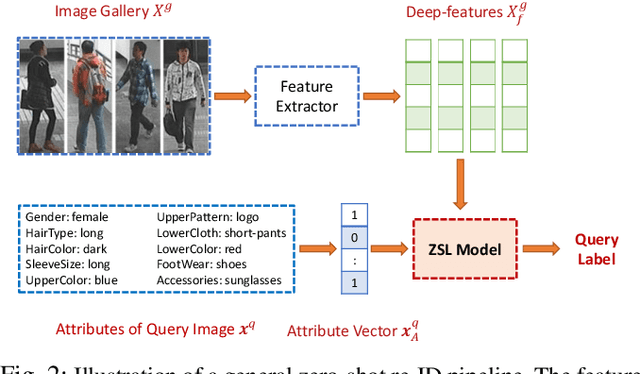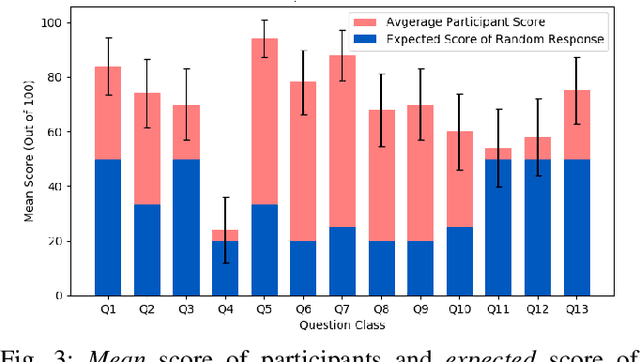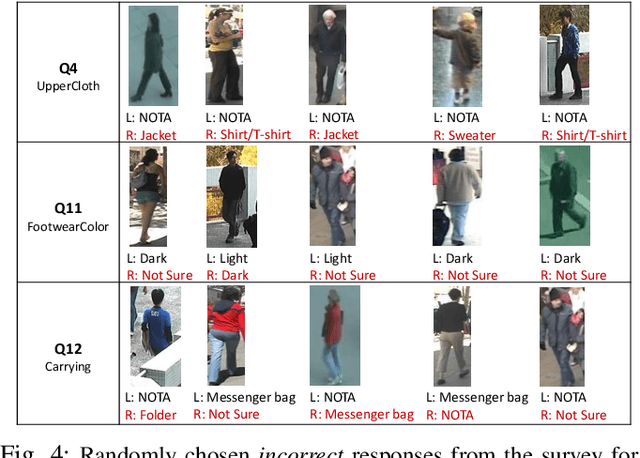An Empirical Study of Person Re-Identification with Attributes
Paper and Code
Jan 25, 2020



Person re-identification aims to identify a person from an image collection, given one image of that person as the query. There is, however, a plethora of real-life scenarios where we may not have a priori library of query images and therefore must rely on information from other modalities. In this paper, an attribute-based approach is proposed where the person of interest (POI) is described by a set of visual attributes, which are used to perform the search. We compare multiple algorithms and analyze how the quality of attributes impacts the performance. While prior work mostly relies on high precision attributes annotated by experts, we conduct a human-subject study and reveal that certain visual attributes could not be consistently described by human observers, making them less reliable in real applications. A key conclusion is that the performance achieved by non-expert attributes, instead of expert-annotated ones, is a more faithful indicator of the status quo of attribute-based approaches for person re-identification.
 Add to Chrome
Add to Chrome Add to Firefox
Add to Firefox Add to Edge
Add to Edge